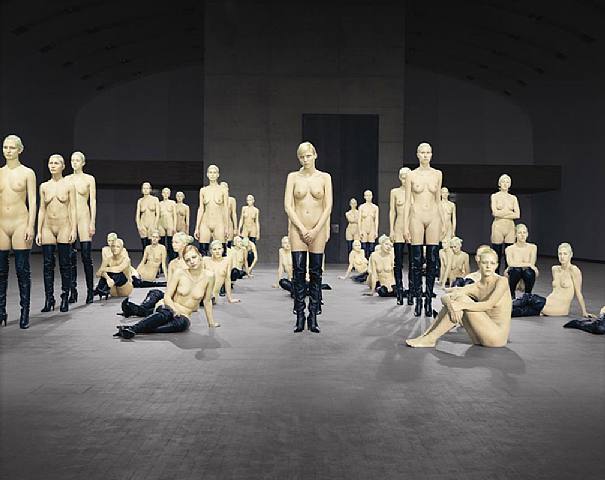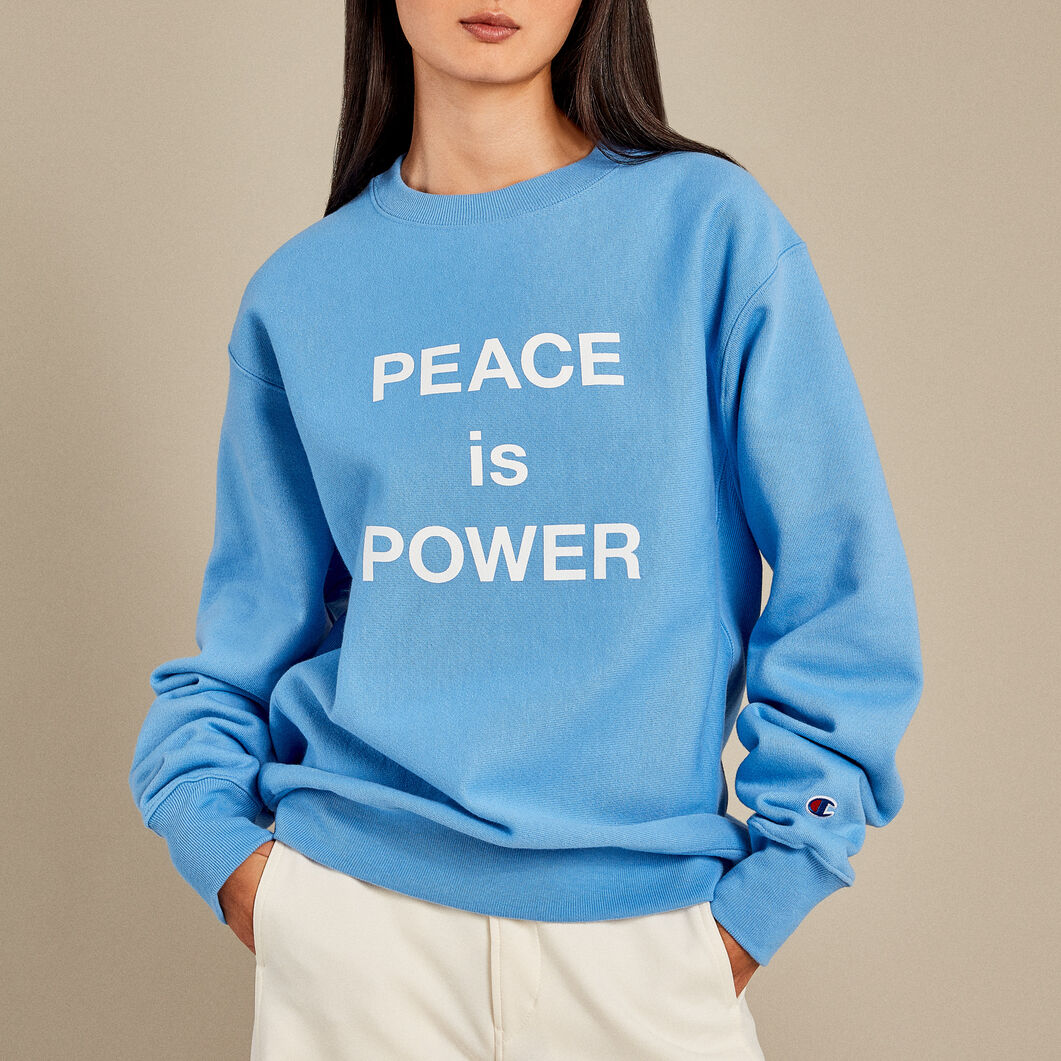FORM FOLLOWS FICTION
Before coming on to the work, Deitch constructs a television programme which could be a documentary entitled: is it true? A “fiction” on paper, which steals much from reality TV, grainy images, an inventory of atrocities or plain absurdities.
It opens with the O.J.Simpson case: falsehood first becoming entertainment and then rising to become truth. Then there are the students of Colombine High School: killing fifteen classmates with a gunshot, convinced they were in a video game; the mass suicide of the Heaven’s Gate sect who were waiting for the aliens to come and get them; genetic engineering, Dolly the sheep, the reality show, the many identities of the chat room, avatars, the virtual, the media communications industry, Michael Jackson and his ranch of candied fruit, the grafting of a human ear onto a rat, Mrs Wildenstein reinvented woman-tiger thanks to the latest in plastic surgery and a great deal of imagination: up to Saddam Hussein who for news of the Gulf War looked to CNN. There wasn’t time before printing to include Osama Bin Laden in videoconference.
Coming onto the work, the artists steal from reality and graft scenes of everyday life onto their work, filtering everything through a private imagination and ending up building aesthetic worlds on the edge, in which it is impossible to distinguish between true and false. Happily, we do not perceive stylistic currents and semblance, we find them free to use whatever means and code for portraying the confusion of life. Has globalisation at least liberated art from labels?
Pierre Huyghe (with John Wojtowicz), “The Third Memory”, 2000
“Third Memory” by Pierre Huygue appears right at the end of the long corridor and is in some ways a piece symbolic of “Fiction”. A bank robbery in Brooklyn in 1972 became the subject of a film by Sidney Lumet “Dog Day Afternoon”. Huygue reconstructed the set, tracked down the real robber, John Wojtowicz, imprisoned for six years for the case, and filmed him, now aged, whilst he corrects the dramatisation acted by Al Pacino.
Press reports from the time are collected together in a room and two projectors alternate scenes treated from film with those filmed by the artist. And the hot news is that John says that he stole in order to pay for his lover’s sex change operation.
Huygue manages to make the paradox coincide: the fiction of the film and the truth of the remake with the confusion between the two. Not to be underestimated is the morbidity of the public at the time, all engulfing news and little attention to the truth of the events. Not much has changed.

Vanessa Beecroft, “VB 45”, 2001, Chromogenic print on photographic paper and aluminium, 127 x 160 cm © Vanessa Beecroft
Vanessa Beecroft who in keeping with the culture of the happening at the end of the twentieth century dresses nude models in only shoes and hats (by Alexander McQueen and Philip Treacy). The hats cover the faces of the women, timeless, De Chirico like icons. Real and unreal.
Amy Adler instead reproduces herself drawing over photographs which portray her nude, she retouches them and burns the original photos. It is a way to distance the subject a second time and concede oneself another perhaps different life. The two British artists Tim Noble and Sue Webster are lovers also in art: “The new Barbarians”. Two short and clumsy Neanderthal men with their faces, divested of history and evolution are shown in an embrace.
Read more ...








